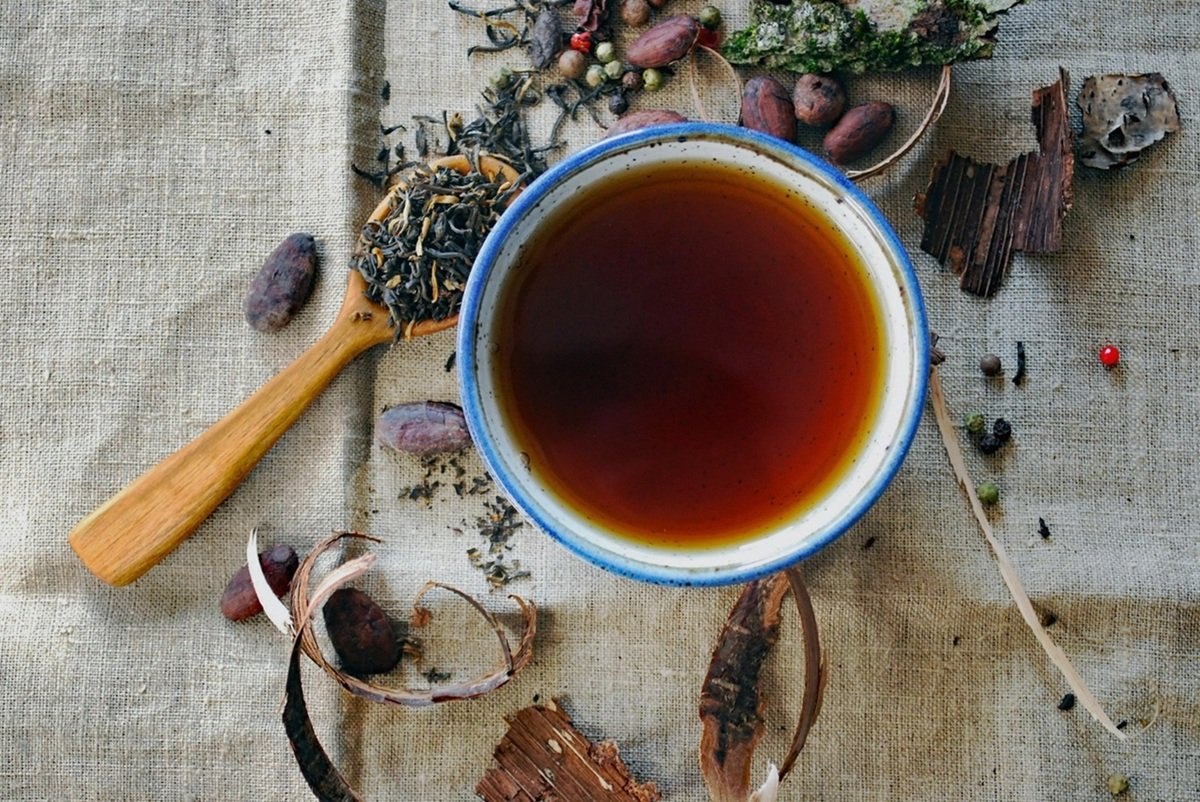In recent months reports of a matcha shortage in Japan have created headlines. Although matcha farmers are hardest hit, consumers and retailers may also feel the pinch especially in APAC where a brand as big as Starbucks has prioritised the Asia-Pacific region in launching its Pure Matcha.
New YouGov data – exclusive to Campaign Asia – looks at the context the shortage is playing out in across APAC, spilling the tea on both the hot beverage habits of Indonesians, Thais and Singaporeans and, more specifically, their views on matcha.
The overwhelming majority of people across all three markets drink tea, coffee or both. Most adults across all three countries prefer to drink both tea and coffee – 74% of Singaporeans, 64% of those we asked in Indonesia and 53% of respondents in Thailand.
Game, set, matcha? The scale of tea drinking in APAC
One in five respondents in Thailand (21%) and 17% each in Indonesia and Singapore, drink only tea. The data shows that exclusive coffee drinkers form a smaller segment in each market, ranging from 6% in Singapore to 14% in Thailand.
Green teas – including matcha – are a firm favourite among tea drinkers across all three markets, being the top choice in Thailand and Singapore (68% and 67% respectively) and the second choice in Indonesia (43%).
Matcha in focus
The rise of matcha across the region in recent years has seen it used in ice creams at McDonald’s, one of Matchaya and Hvala’s beverage offerings, and even in bottled form as a milk tea version in Pokka’s portfolio.
Despite its ubiquity, familiarity with matcha-based products varies among tea drinkers. Around half of Indonesians (53%), Thais (48%), and Singaporeans (45%) say they’re familiar with matcha drinks, desserts, or smoothies.
Among those who do consume the powdered green tea, matcha takes many forms. Traditional whisked tea finds popularity in Thailand (49%) at a significantly higher share than in Indonesia (36%) and Singapore (36%). Meanwhile, matcha lattes have equal appeal, with around half of matcha drinkers in all three countries consuming them.
When it comes to consuming matcha in food – such as desserts and energy bars etc – Indonesians and Singaporeans lead at 38% and 39% respectively with Thailand at 26%. Matcha smoothies and matcha coffees (like matcha espresso) are less dominant formats overall, but again Indonesia shows slightly higher engagement on both counts than Thailand or Singapore.
Yet even as matcha becomes part of everyday consumption, awareness of the shortage remains low. Over half of tea drinkers in Indonesia (59%) and Singapore (58%), and nearly half (45%) in Thailand, are unaware of the ongoing matcha shortage.
Ceremonial grade matcha: Quali-tea
This obliviousness may be particularly important when it comes to ceremonial grade matcha (CGM). CGM is the premium, stone-ground variety of matcha traditionally used in Japanese tea rituals and the data suggests it may the canary in the coalmine for the shortage. Among those who’ve tried it, Indonesians (23%) are most likely to say they’re buying it less often, followed by 14% of Thais and 12% of Singaporeans.
In response to the decrease in production, some CGM consumers are adapting by switching to a more accessible or lower grade matcha (25% Indonesians, 21% Singaporeans, 23% Thais), stocking up when possible (14% Indonesians, Singaporeans and Thais both 17%) or buying other types of matcha instead (29% Indonesians, 18% Singaporeans, 28% Thais).
Still, for many matcha drinkers, quality remains a key consideration, especially when it comes to ceremonial grade matcha (CGM). At 30%, Indonesians lead in saying they’d pay a premium for high-quality CGM if quality and origin are assured. In comparison, two in ten (19%) Singaporeans and over a quarter (27%) of Thais say the same. Others are less convinced, and their decision would depend on the price and brand in question – 58% Thais, 53% Indonesians and 48% Singaporeans say this.
Price points
Among matcha drinkers who say they’re open to paying a premium for high-quality CGM, most are still leaning toward the lower end of the price range. In Indonesia, over half (54%) say they’d pay up to 3 USD per serving, with only 12% willing to go above 5 USD. A third would be comfortable to pay between 3 – 5 USD.
Singapore shows the highest price tolerance: 62% are comfortable paying up to 8 USD, and nearly 10% would stretch beyond 20 USD. Almost three in ten (28%) say they can front 9-19 USD for CGM. Thailand presents a more even spread - 37% cap their willingness at 3 USD, while 43% are open to paying between 3–6 USD, and another 16% would go up to 12 USD.
Matcha’s presence in Southeast Asia has surpassed trend status. But as preferences evolve and supply tightens, consumer behaviour offers a richer brew of insight. Whether driven by taste, tradition, or the growing allure of premium rituals like ceremonial grade matcha, tea drinking in this region is a cultural pulse point, reflecting deeper shifts in awareness, aspiration, and access.
Methodology: YouGov Surveys: Serviced provides quick survey results from nationally representative or targeted audiences in multiple markets. This study was conducted online between May 8 and 12, 2025 with a national representative of 1,028 Singapore residents, 2,036 online representative Indonesian residents and 2,057 online representative Thailand residents, using a questionnaire designed by YouGov.
Photo by Drew Jemmett on Unsplash
